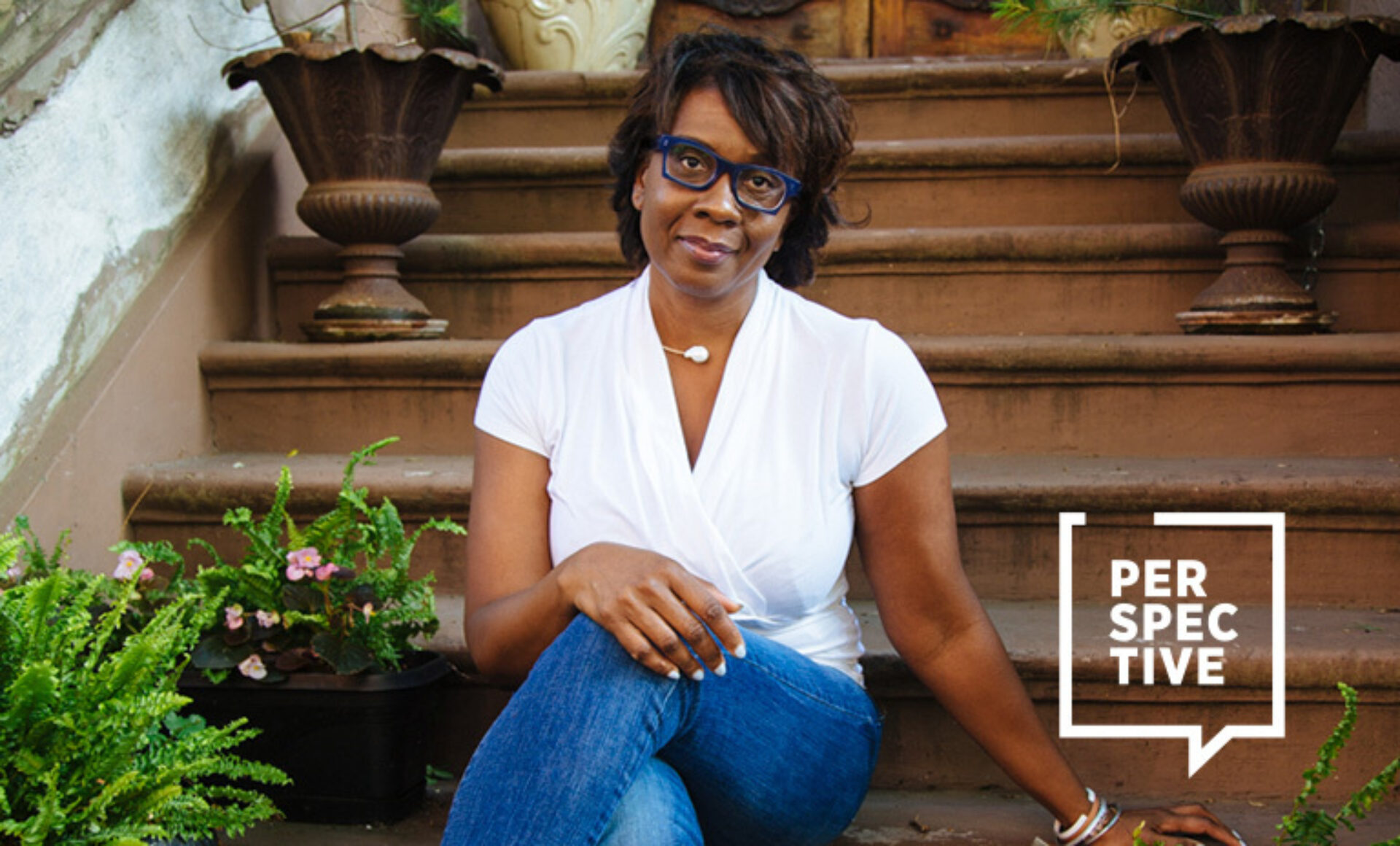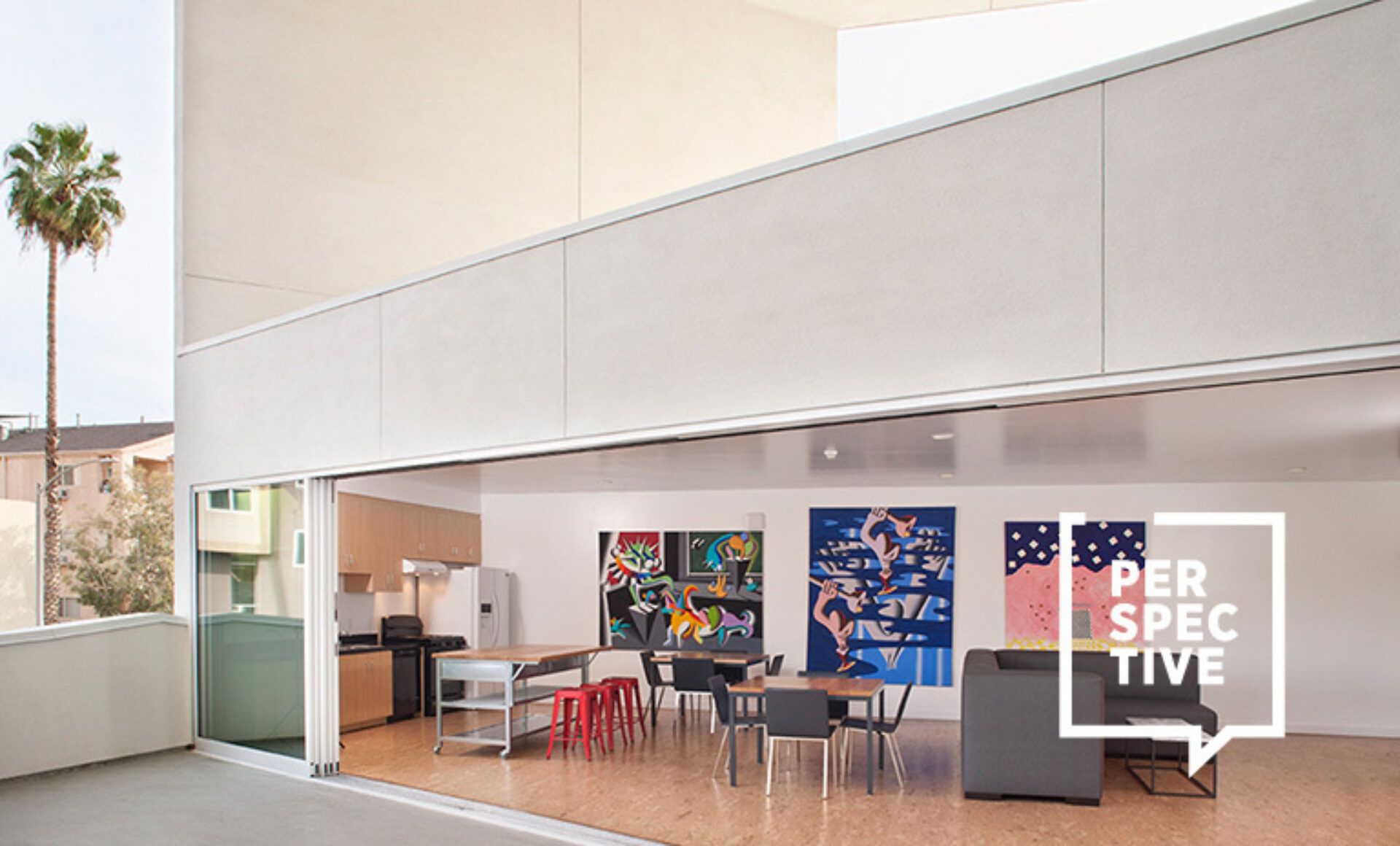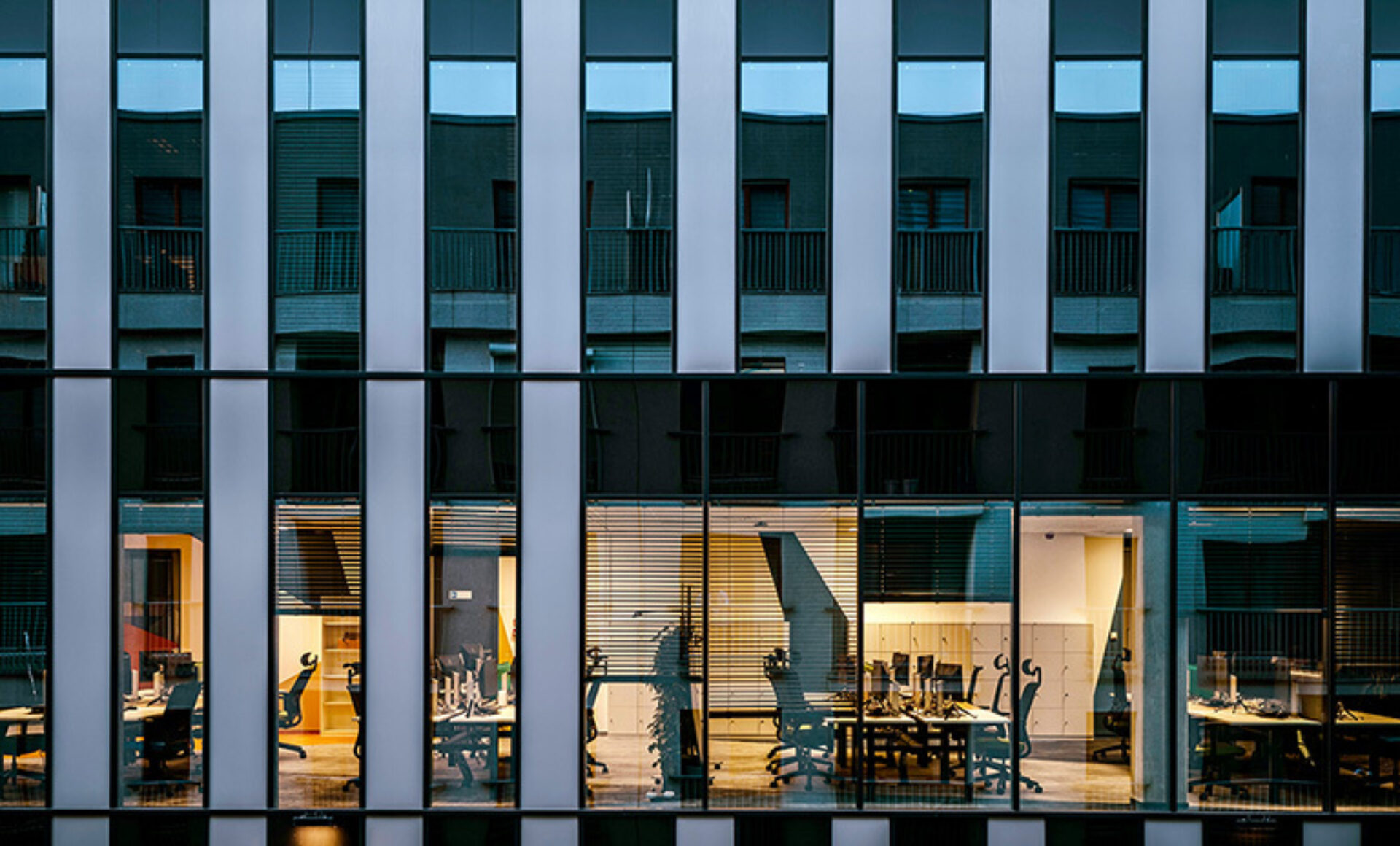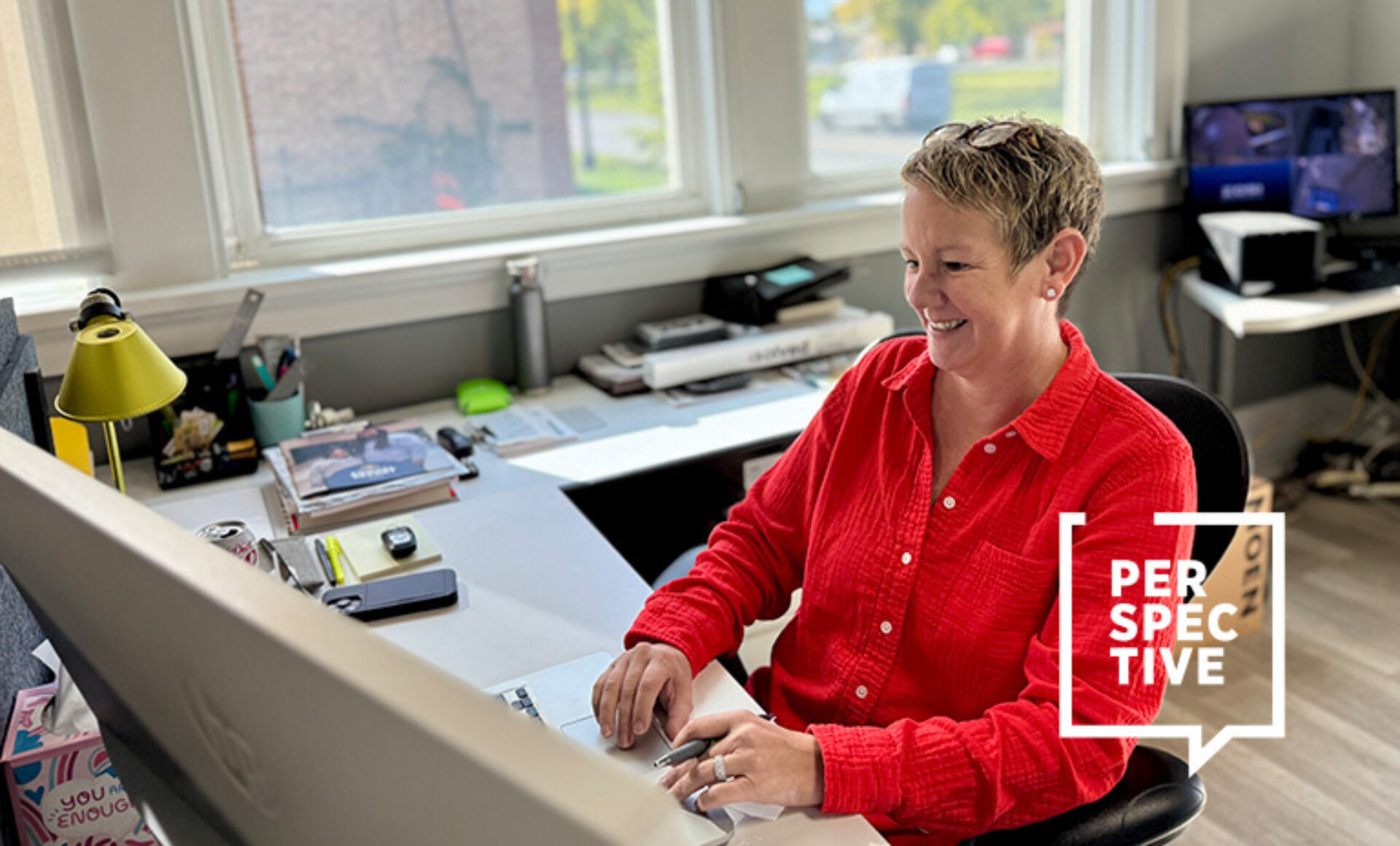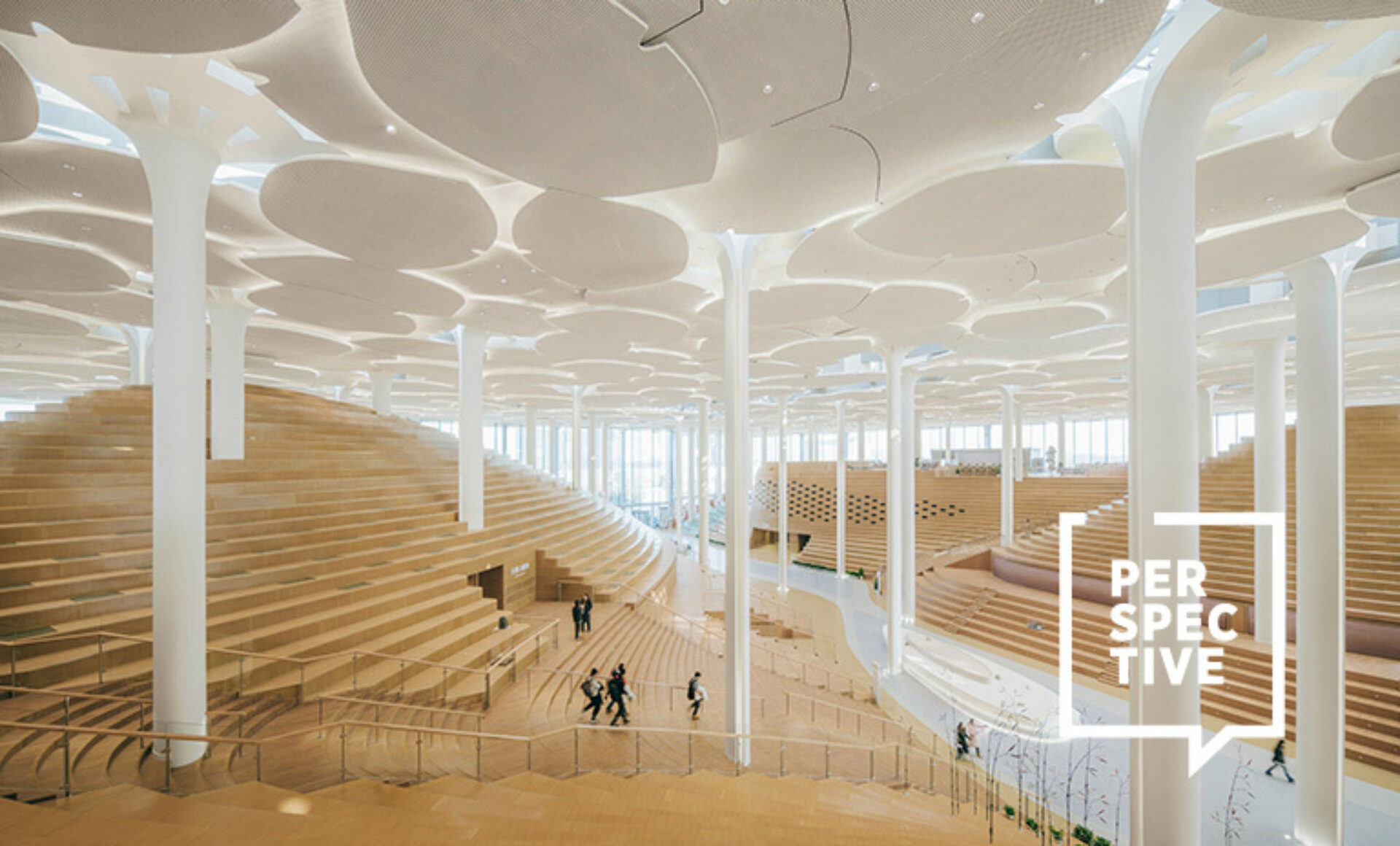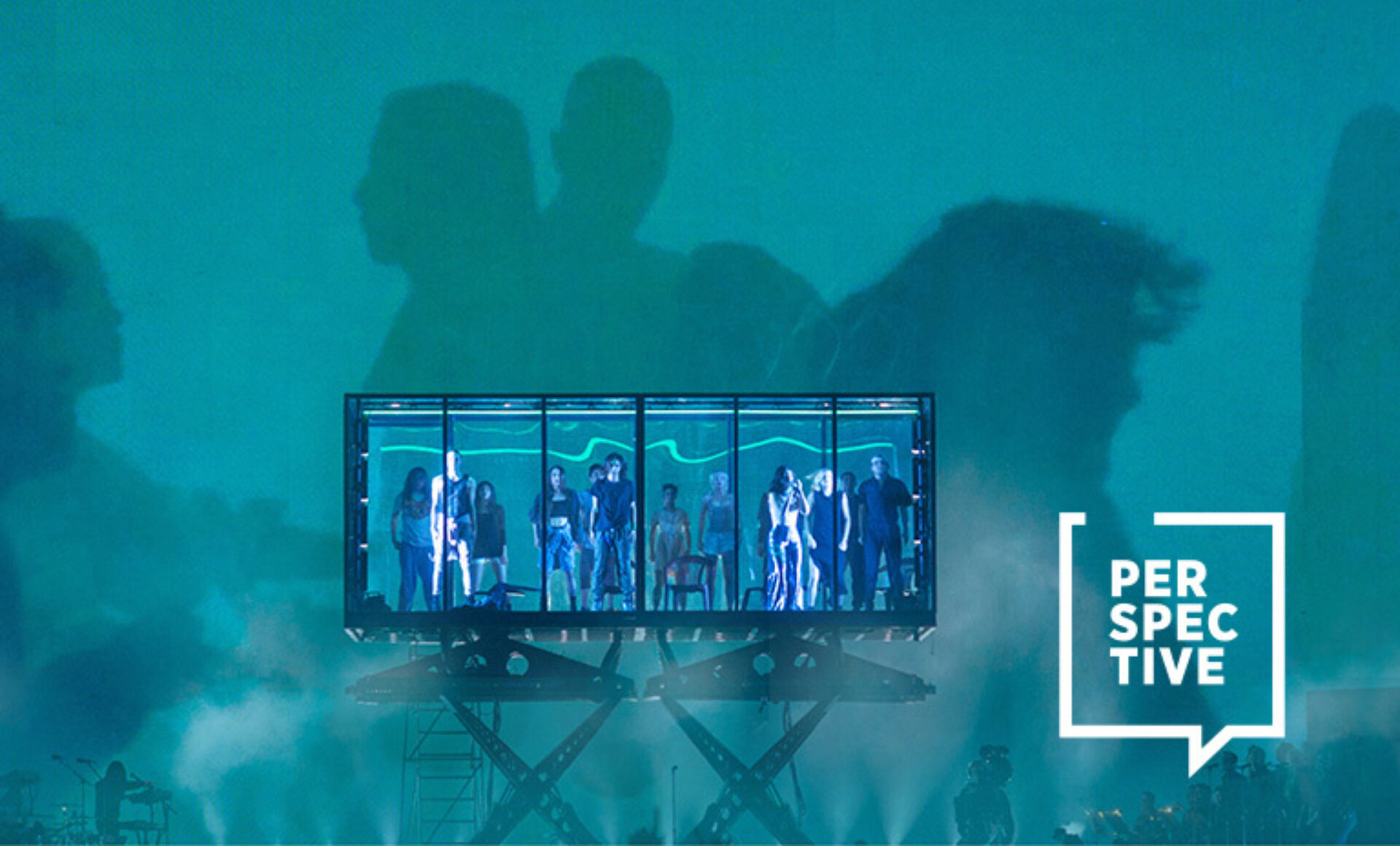What does the future of the workplace hold? From transforming the office into an embodiment of company culture and creating more equitable and human-centric spaces to designing for adaptability, well-being, collaboration, and professional development at a time when hybrid workspaces are becoming the norm, one thing is for certain: the industry needs to adapt to the ever-evolving needs of our time. Seasoned expert (she has nearly two decades of experience managing workplace design teams for large corporate clients as well as leading healthcare, hospitality and civic projects,) Micki Washington, IIDA, AIA, regional director of workplace at HOK, shares her insights on the evolution of the office and discusses the future of work as a force that changes workplace design for the better.
Your title is “Regional Director of WorkPlace.” What does this entail?
I’m essentially the main point of contact for the Texas region and its bordering states-based corporate clients that have multiple projects, in multiple locations. My role is to work with our teams across the firm globally to provide the best solutions for our clients ensuring ease of execution and consistency while applying our expertise and thought leadership to create world-class solutions. As part of this, I also have the opportunity to share our firm’s research and findings across markets and regions to bring knowledge to each corporate account that helps them execute the best workplace strategies pertinent to their needs.
Can you talk about the office space as an embodiment of a company’s brand and culture—a major reason why companies still need offices?
The pandemic has given us an opportunity to rethink something we have taken for granted for decades—the way we work. We have a chance to rethink work and the places we do so and redefine the true purpose of what those spaces could and should be. At HOK we view the workplace as a powerful asset and a tool to attract and retain talent and to help our clients work smarter in places people want to be in, feel productive, fuel creativity, and are proud of. Attracting and retaining talent now hinges on an employer's ability to meet the diverse needs of their employees while enabling their teams to do their best work, regardless of location. To be successful going forward, organizations must reposition the workplace as a destination that enhances how people work and feel. It’s essential that space is the physical embodiment of an organization's mission and culture, and that it evokes a strong sense of purpose and belonging. In this new ecosystem of hybrid spaces, the purpose of place becomes increasingly important, and we need to focus on wellbeing, collaboration, rebuilding social capital and professional development, and providing amenities, services, and tech-enabled spaces that foster moments that matter and great experiences.

Image courtesy of Halkin Mason Photography

Image courtesy of Eric Laingel
What kinds of changes are you noticing when it comes to workplace design and culture?
People realized that they no longer have to go to an office to get work done. Hence, we need to create enticing spaces that serve as a destination and a magnet. Workplaces today need to be dynamic, and nimble and offer a balance between space where people can do heads-down concentration work with some degree of privacy and quiet, along with spaces for interaction that builds bonds and trust and generates social capital. Designing spaces that can adapt to the evolving needs of the workforce and the business is key to success going forward.
Where do you see the future of work and how is it influencing workplace design?
As many companies have adopted hybrid working, the office needs to be repositioned to meet the changing needs and expectations of the workforce. Positioning the workplace as a destination means providing lifestyle amenities that enable employees to have a more work-life balance. Incorporating some of the best elements of remote working into our shared spaces will aid in rebuilding social capital and connection.
The office should provide individuals with a similar level of comfort and flexible options they have become accustomed to, and more. Providing ergonomic settings can help counter the impact of people sitting stagnant in one place for months to enable better human experiences. Modular furniture, sit-to-stand desks, and small conference booths for private phone calls can help employees easily scale the needs of their workday while leveraging the best of home and office.
We also need to address how we optimize the workplace for increased effectiveness and efficiency. We have an opportunity to determine the best place to work given the specific type of work being done and rethink who does and doesn’t need to be assigned a dedicated space if their level of mobility has changed.

Image courtesy of Eric Laingel

Image courtesy of Michael Robinson Photography
What parameters do you take into consideration to create better, more equitable, and human-centric workspaces for the post-pandemic world?
To meet the needs of the post-pandemic workplace we need to leverage our expertise, experience, and lessons learned and ensure we take a systematic approach that more holistically defines the DNA of the organization and the work styles and patterns of the workforce.
We need to ensure that we address how individuals process sensory stimulation, hyper and hypo settings for all six modalities of work where possible: concentrate, contemplate, commune/process, create, congregate, and convivial. In addition to ensuring we have the right component and settings, we can also do a spatial sequencing/zoning assessment to ensure we are planning the space in such a way that will enable the teams to find the right setting, in the right environment, with the appropriate level of acoustics, lighting, and energy to aid in functional success.
And we need to acknowledge that not all meetings are the same, so meeting rooms shouldn’t be either. There are seven different types of meetings, hence it is important to do a meeting assessment to determine the gathering profiles of your teams so we can create meaningful and functional spaces. And it’s important we address hybrid meetings and the technology needed today to facilitate successful meetings.
Can you share any practical advice for the next generations of design leaders?
More and more our clients are looking to us for our expertise and experience and to leverage best practices. We need to embrace the science of design as well as the art of design. We need to be curious, ask questions, and seek new solutions. And we need to design with courage. The whole world is asking us what the future of the workplace is, so we have a unique opportunity to rethink everything. As design leaders, we need to push for thoughtful innovations, consider the wide breadth of users, and make conscious decisions that will provide workplace environments beyond the now and into a more future-ready, adaptable experience.
Micki Washington recently joined Cheryl Durst and a panel of workplace leaders for Collective Design focused on the new workplace. See and hear more here.


